Europe’s unending wars.
It is July 1, 1916.
At 7:20 a.m. this morning, British forces detonated an underground mine they had laid beneath a German army fortification in northeastern France known as the Hawthorn Ridge Redoubt.
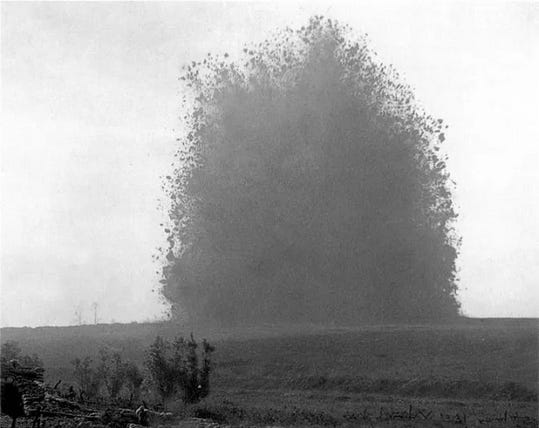
A cloud of smoke and soil rose from the hill and filled the air.
Stones showered down on the surrounding hillside, covering it in fragments of chalky bedrock.
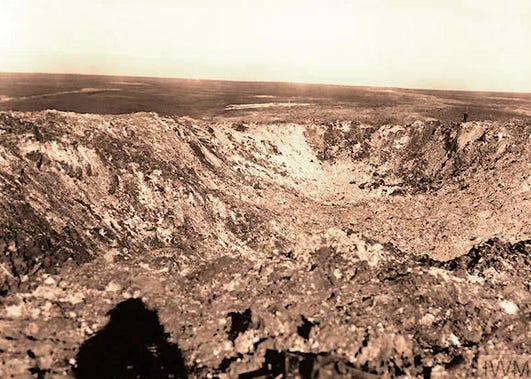
And a crater, fifty yards in diameter and sixty feet deep, opened up in the midst of the German defensive line.
The mine was one of nineteen which British tunneling units had placed under the German lines at the Western Front to aid in the British infantry’s advance.
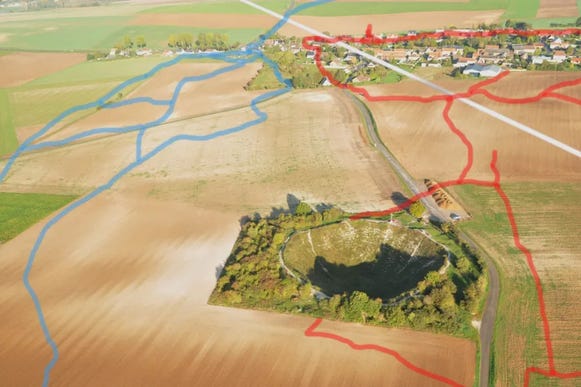
Some, like the Hawthorn Ridge mine and the Lochnagar mine a few miles away, were very large.
Others, intended to knock out smaller German defenses, were small.
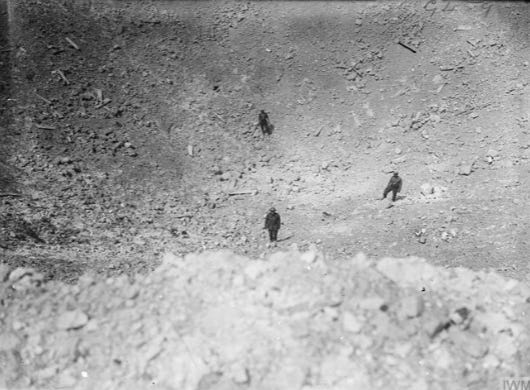
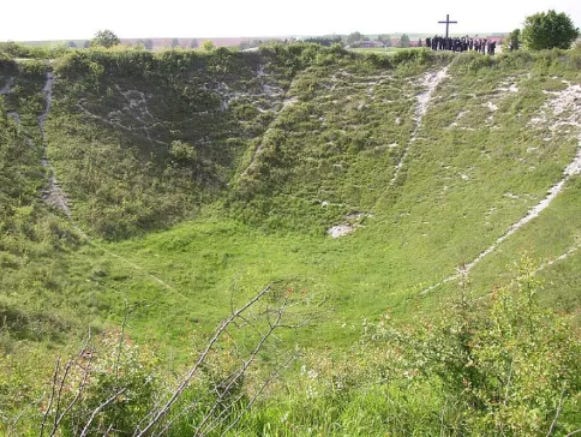
The simultaneous explosion of these mines, heard in London two hundred miles away, marked the opening salvo of the Battle of the Somme.
It would prove to be one of the deadliest military battles of the First World War.
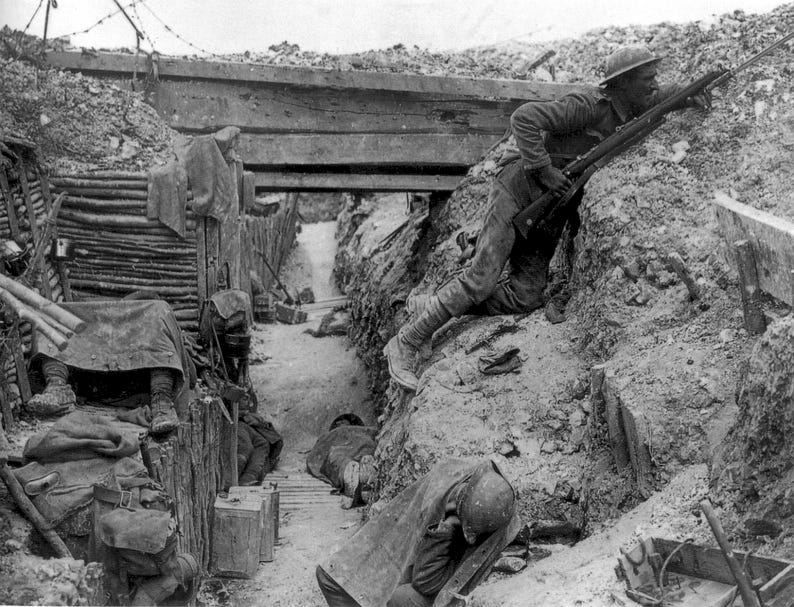
The four and one-half month battle would leave over 310,000 Europeans dead and hundreds of thousands grievously wounded.
The First World War was to have been “the war to end all wars,” but, as we know, the cycle of European conflict continued.
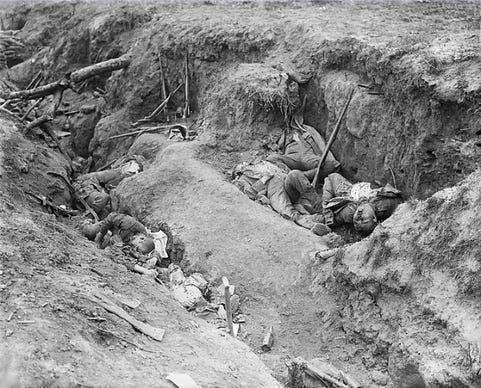
In twenty years’ time, the little boys whose fathers fought at the Somme would take their turn at history’s wheel.
The urgent, but ignored, question: how do you break the endless cycle of European warfare which threatens all of the world?
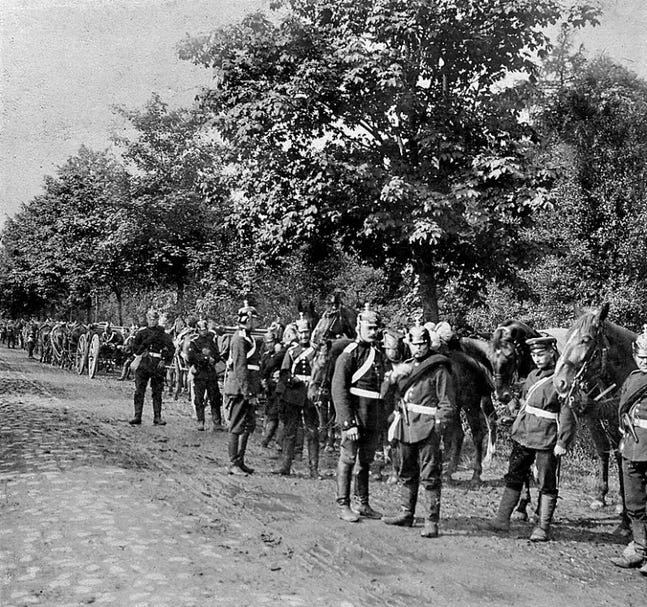
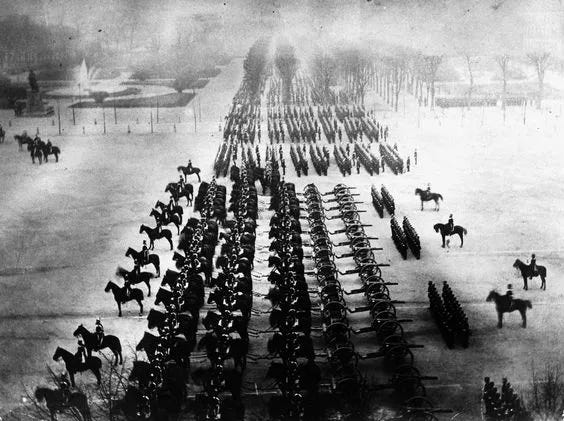
On New Year’s Day 1940, as the Second World War entered its fifth month, the New York Times called for the creation of a European Union:
“[W]hen we look abroad we see tragedy, present and to come: England and France facing Germany in an armed deadlock whose only redeeming feature is that no mass slaughter has yet taken place.
“The hope of a European union of peoples gains ground out of the very despair of Europe’s present plight.
“The old system of bitter economic wars, punctuated by savage military wars, leads straight to destruction.
“It is not for us to say in precise terms what shall replace it.
“Some system must if Europe, if humanity itself, is to be saved.”
The editorial received scant notice.
It was not a time for looking back.
The Hawthorn Ridge mine explosion and all that came with it seemed like a long time ago and the promise of a new decade beckoned.
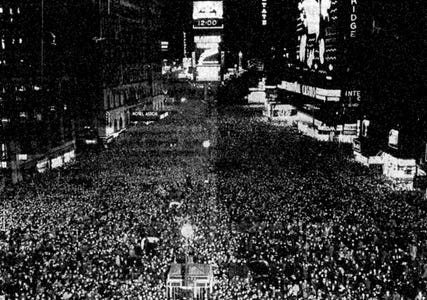
The night before, in a windy, twenty-two-degree chill, New York’s Times Square had filled with more than a million people who had roared their approval when the illuminated ball dropped and “1940” lit up each side of the Times Building marquee.
The 1930s — the Depression, Prohibition, Hoovervilles, long ladies’ skirts — all of its miseries were gone.
People had jobs and money again.
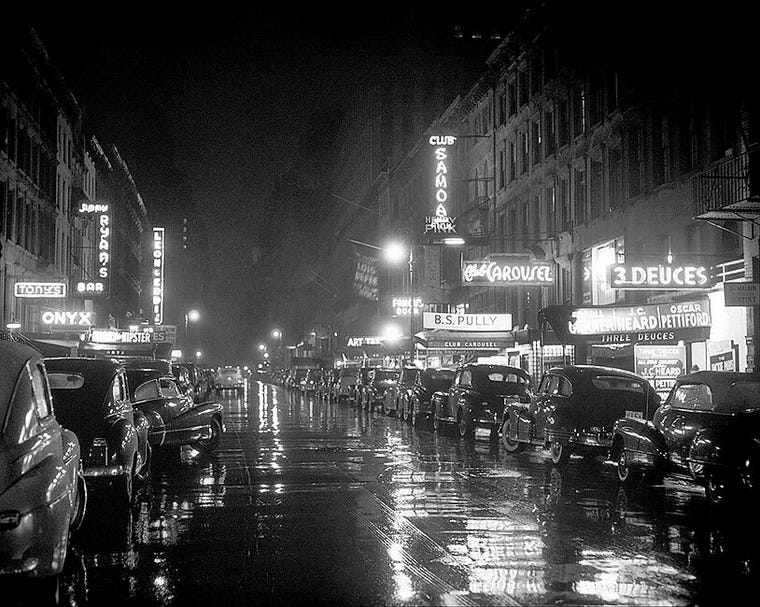
The Nazi onslaught of the prior September had stalled along the Maginot Line.
Paris had escaped the bombing which had seemed sure to come just four months before.
Hitler’s hyperbole and empty threats were getting tiresome and no longer provoked much anxiety.
While Poland, Czechoslovakia and the Baltic States had been crushed, that struggle was over now.
Most people couldn’t find them on a map anyway.
And Japan’s slow swallowing of China was a foreign struggle of alien cultures happening on the other side of the world.
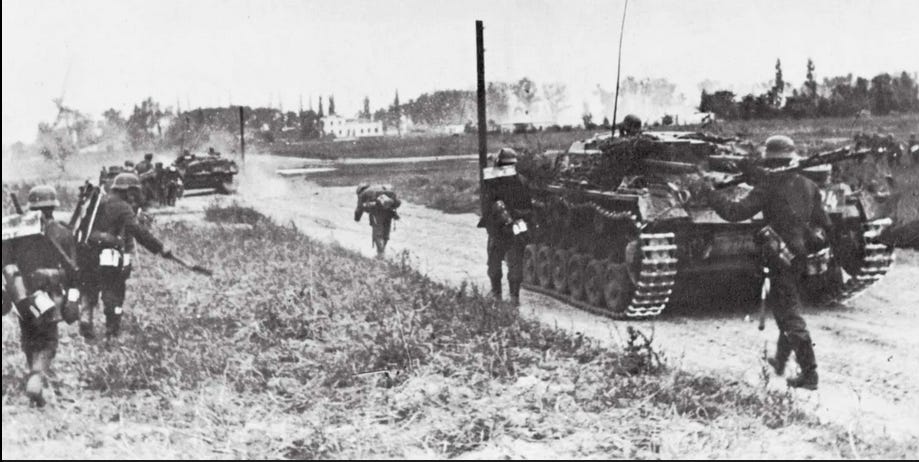
Both President Roosevelt and his Republican challengers counseled that a strong defense of the western hemisphere would keep America safe and out of any war.
And that was good enough for almost everybody.
On New Year’s Eve 1939, hotels and restaurants in New York, Paris and even in blacked-out London were booked solid with New Year’s revelers.
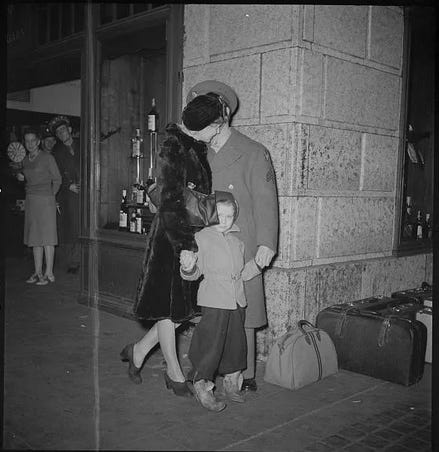
Few would then have believed it possible that, before the year 1940 was out, Paris would fall, Britain would suffer the Blitz and America would institute its first peace-time draft.
And the worst was yet to come.
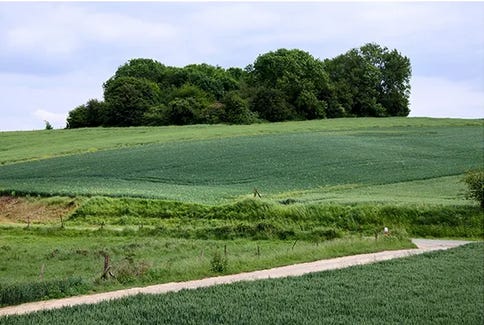
Today, trucks drive slowly through the verdant farmland of northern France.
They go weekly during the farming season.
Farmers who work in the fields know that when they find things from the First World War, they are to place them at the side of the road.
A truck will come by to collect it.
These trucks fill up each week with items, large and small, which have been found in the fields.
Helmets, ordnance, mangled metal scraps.
Sometimes human bones, belt buckles.
Some things are dredged up by plows; others just rise up after decades of rainfall and become visible on a sunny day.
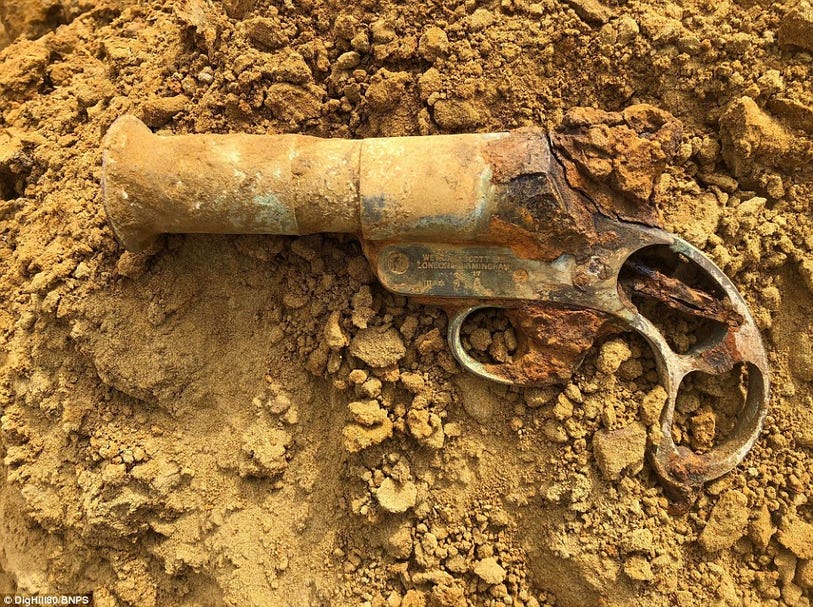
The Lochnagar mine crater has been preserved as a war memorial.
Small crosses mark the crater’s rim, and, at the bottom of the crater, there is a small circle and another cross.
Occasionally, small bone fragments from soldiers long missing in action are found there.
A family photo encased in plastic and posted on a small sign stood at the edge of the Lochnagar mine crater when I was there.
The photo showed a very old man in a chair, surrounded by three generations of his family.
All were smiling.
The note beneath the photo was a prayer of thanks to God.
The old man had survived the Battle of the Somme and returned home to England, where he had raised a family and lived out a full life.
The prayer said that his family recognized that none of them would be alive if he had been lost, like so many of his friends, at the Somme — that place where Europe’s twentieth century losses were just beginning.
******************************
I’ll see you tomorrow.
— Brenda
Banner image: British troops run along the lip of the Lochnagar mine crater, October 23, 1916.














Share this post